The Evolution of Kids’ Backpacks: From Canvas Sacks to Ergonomic Marvels
Backpacks have been an integral part of student life for decades, evolving from crude canvas sacks to today’s high-performance, kid-friendly designs. As childhood education became more structured, so too did the tools kids carried each day. Understanding how backpacks have changed over time offers not just a historical glimpse but also insight into how we prioritize comfort, health, and learning support in the modern era.
At DreamPack, we design with purpose: helping children succeed by ensuring their backpack works *for* them, not *against* them. Join us on a journey through time to discover how today’s ergonomic kids backpacks came to be—and what makes them truly revolutionary.
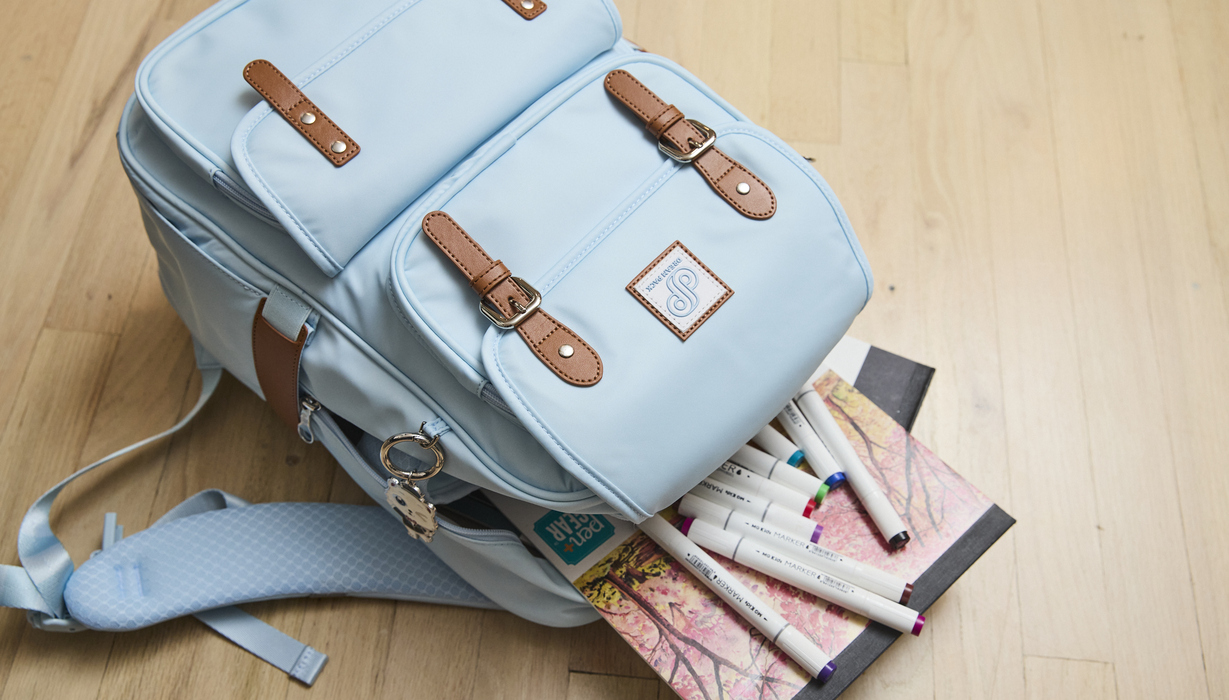
Early Origins: The Birth of the School Satchel
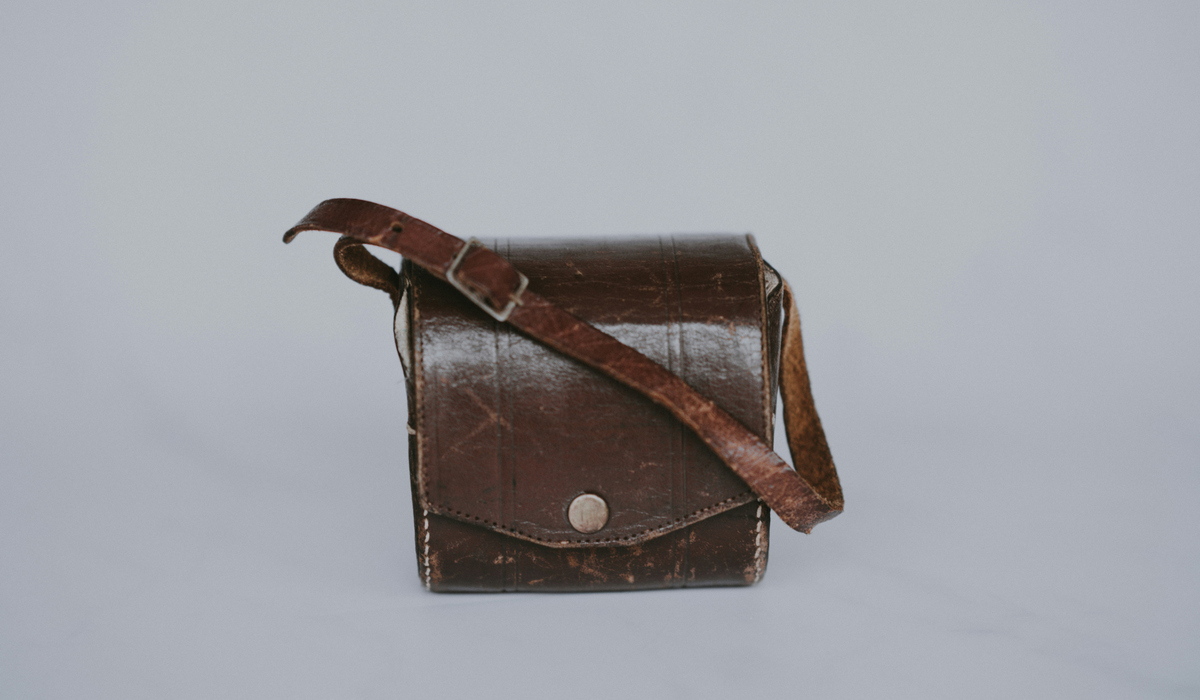
In the late 19th and early 20th centuries, children’s school bags were not purpose-built items—they were adapted from adult work gear. Many students, especially in rural or low-income communities, carried their belongings in basic leather or canvas satchels. These bags were modeled after messenger pouches used by laborers, lacking any real structure or comfort features. Carrying books, chalkboards, or tin lunch boxes meant tossing everything into a single compartment, with items jostling and damaging each other throughout the day.
Shoulder strain and imbalanced loads were common, but not widely discussed. Education itself was still a privilege in many parts of the world, so the physical burden of school gear was simply accepted. In some communities, children used cloth sacks, repurposed tool rolls, or even knotted handkerchiefs tied to sticks. The idea of tailoring a backpack for a child’s body simply did not exist yet—these were survival tools, not ergonomic companions.
Post-War Design Boom and the Rise of Nylon
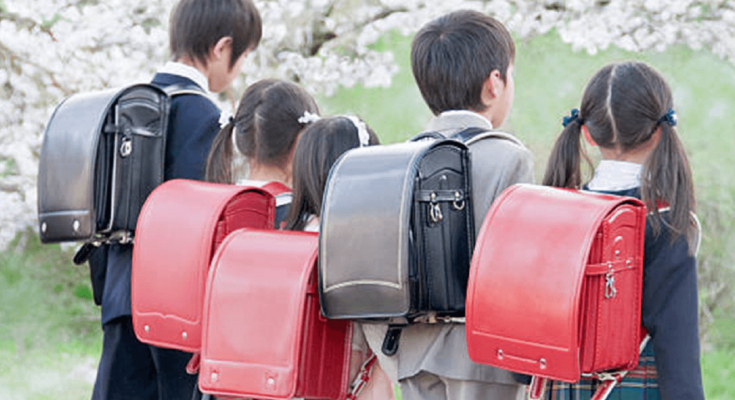
The mid-20th century marked a turning point in education, consumer products, and materials science. With the end of World War II came widespread industrialization, and new synthetic materials like nylon became widely accessible. Backpack manufacturers seized the opportunity to move away from stiff canvas and heavy leather, introducing lightweight, durable, and water-resistant fabrics.
During the 1950s and 60s, the school bag evolved into a product designed *for children*, not merely *used by them*. Rectangular shapes replaced round-bottom sacks, and the first zippers began to replace metal buckles. However, most designs still remained rudimentary—offering one or two compartments, thin shoulder straps, and no padding or airflow. Still, this era introduced mass-produced school bags into department stores, where families could now choose based on color, price, or brand.
Meanwhile, in Japan, the structured randoseru was gaining prominence. Modeled after Dutch military satchels, this boxy leather backpack became a national standard for elementary schoolchildren. Designed to last for six years, it emphasized both form and durability. Though heavy by modern standards, it reflected a cultural respect for discipline and pride in education.
The 80s and 90s: Style Meets Utility
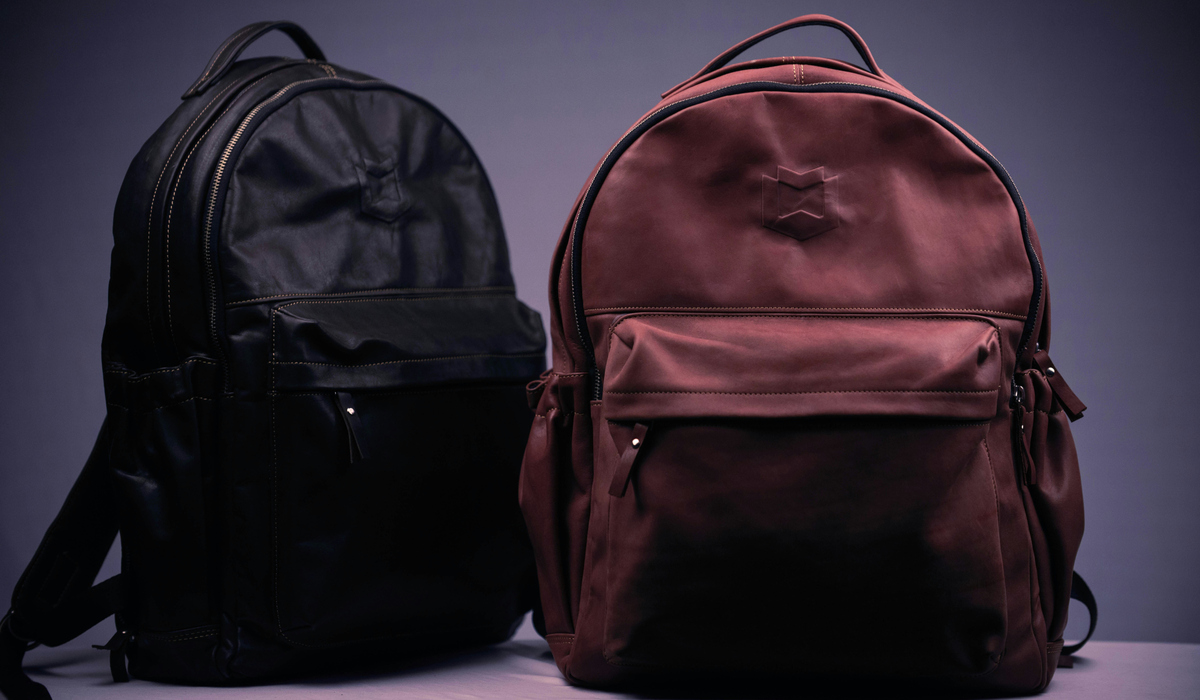
By the 1980s and 90s, backpacks were no longer purely utilitarian—they were becoming personal. With mass media influencing every aspect of childhood culture, brands started licensing backpacks with TV characters, superheroes, and video game icons. For the first time, a child’s backpack could be a form of self-expression. Schools became runways for colorful, character-themed bags that reflected a student’s interests and identity.
During this time, functionality improved modestly. Designers began adding front pouches for pencil cases and lunch money, mesh side pockets for juice boxes or water bottles, and lightweight plastic hardware instead of metal. Still, many designs prioritized aesthetic appeal over physical wellness. The average child’s backpack offered minimal spine support, and load management was often an afterthought.
It was not until the late 1990s that pediatricians and educators began to ring alarm bells about the increasing weight of schoolbags. Studies found that children were carrying backpacks equal to 15–20% of their body weight, leading to fatigue, shoulder strain, and poor posture. This growing awareness laid the groundwork for the ergonomic revolution that would follow.
Comparative Design Table: Then vs. Now
| Feature | Backpacks of the Past | Modern Backpacks |
|---|---|---|
| Material | Canvas, leather | Recycled nylon, polyester |
| Weight Distribution | None | Ergonomic padded straps, sternum clips |
| Compartments | Single main compartment | Multiple compartments, organizers |
The Emergence of Ergonomics
As childhood back pain and posture problems became a growing concern, parents and educators began demanding better solutions. Pediatricians warned that overloaded and poorly designed backpacks could contribute to long-term musculoskeletal issues. Designers responded by introducing contoured straps, mesh back panels, chest and waist clips, and lightweight yet durable materials. These changes marked the beginning of the ergonomic revolution in children’s gear.
Backpacks Today: Built for Balance and Support
Today’s best children’s backpacks are engineering feats. With input from orthopedic specialists, materials scientists, and even child psychologists, modern backpacks prioritize comfort, health, and organization. The best backpack for kids is no longer just a sack—it is a system. From breathable mesh to weight-balanced compartments, these innovations help protect developing bodies while fostering independence and efficiency.
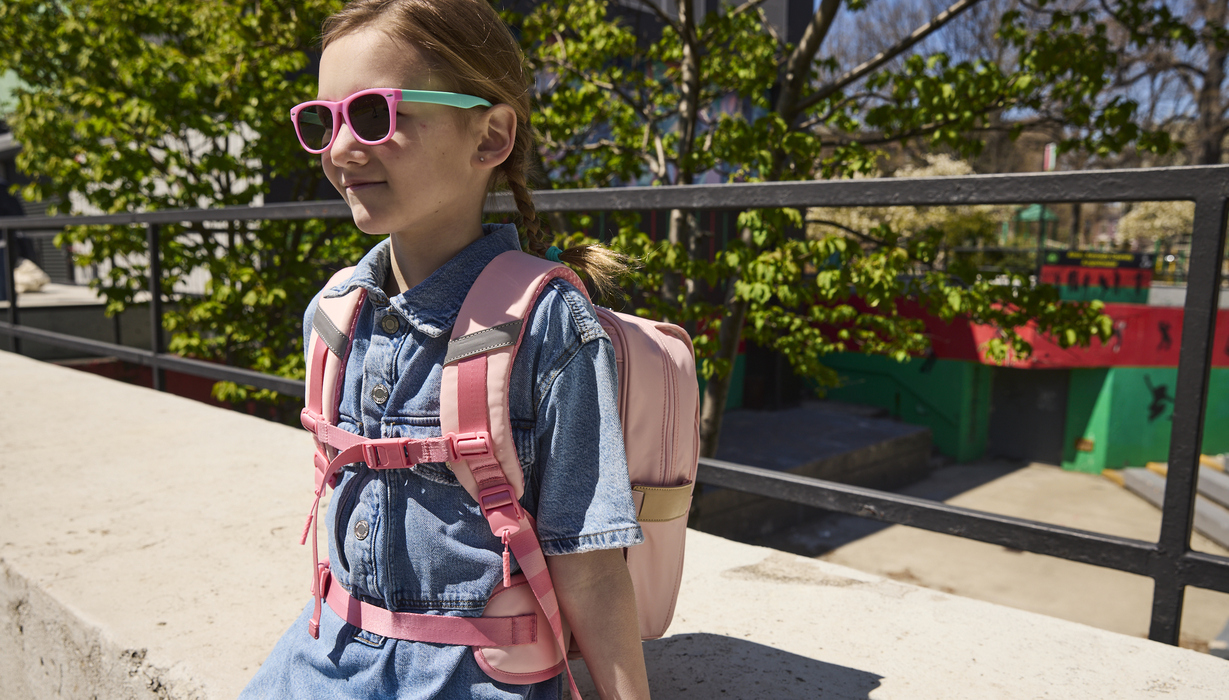
The Role of Style and Identity
Kids do not just carry backpacks—they wear them. Today’s designs marry function with flair. Backpacks are available in personalized prints, customizable patches, and stylish silhouettes. The best brands know that empowering children means letting them express identity through everyday items. When kids feel proud of their backpack, they are more likely to care for it, stay organized, and take ownership of their day.
Sustainability and the Future of Backpack Design
With growing awareness of environmental impact, many modern backpacks are now crafted from recycled materials. DreamPack uses 100% recycled nylon in its bags—proof that durability and responsibility can go hand in hand. Sustainability also means longevity: designs that last years, not months, helping families invest in quality over quantity.
How DreamPack Honors Tradition and Builds for Tomorrow
DreamPack combines timeless quality with cutting-edge design. Each product reflects our belief that the best kids backpack is not only ergonomic and reliable—it is emotionally supportive. Every zipper, strap, and compartment is engineered to help children feel capable and prepared.
• Soft, padded shoulder straps reduce fatigue
• Dual compartments support smart packing habits
• Water-resistant bases keep items dry and protected
• Reflective detailing enhances safety during commute
FAQ: Understanding Kids’ Backpack Evolution
When did ergonomic backpacks become popular?
The shift began in the late 1990s and early 2000s as awareness grew around childhood posture issues and back strain.
Why were older backpacks so basic?
Early designs focused on durability and simplicity. Child-specific features were a later innovation as education systems evolved and daily school loads increased.
What makes a backpack “ergonomic” today?
Contoured padding, weight distribution features (like chest straps), breathable backs, and lightweight yet durable materials all contribute to ergonomics.
What materials are used in modern quality backpacks?
Recycled nylon, polyester, memory foam padding, and water-resistant linings are now standard in premium designs.
Conclusion: A Story of Progress
From simple sacks to structured support systems, the evolution of the kids' backpack is a story of innovation driven by love, learning, and care. Every improvement made over the years reflects our deepening understanding of children’s physical and emotional needs.
At DreamPack, we are proud to carry that tradition forward. Whether you are searching for the best backpack for kids or exploring new ways to support your child's school experience, our designs ensure comfort, durability, and joy in every journey.
Explore our collection of modern ergonomic backpacks—and give your child the gift of comfort rooted in a century of progress.